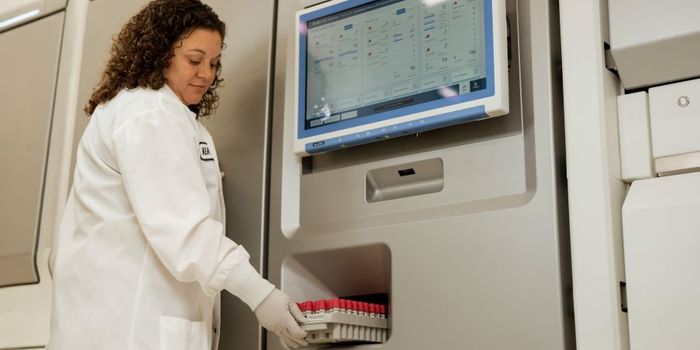An Alarm Sounds: Dangerous K. Pneumoniae is Spreading
Klebsiella pneumoniae (K. pneumoniae) is a common Gram-negative bacterium. These germs can live almost anywhere, including in water, soil, and inside of mammals. They are often harmless. But the threat they pose depends largely on where they end up. While these bugs can often be found in the nasopharynx and gut of humans, they can be a problematic colonizer of medical devices. Though the microbe is common and not a threat to most people, K. pneumoniae is an opportunistic pathogen that commonly causes infections in healthcare settings, and easily targets people with compromised immune systems. K. pneumoniae has also been known to cause serious infections in surgical sites and the urinary tract, and can cause pneumonia or meningitis. Because the microbe carries a gene encoding for an enzyme called β-lactamase, it can naturally resist the effects of some common antibiotics including penicillins and cephalosporins.
K. pneumoniae strains can also express carbapenemases, another group of enzymes which also makes them resistant to antibiotics including penicillins, and cephalosporins, as well as monobactams and carbapenems.
Earlier this year, the World Health Organization (WHO) embarked on a research project to assess the threat posed by one type of K. pneumoniae known as hypervirulent Klebsiella pneumoniae (hvKp), which has been showing up with increasing frequency. Because even healthy people can be stricken down with invasive infections by this deadly bacterium, WHO has designated it to be hypervirulent.
Strains of this microbe that have been isolated from infected patients show that it is carrying 23 genes that confer resistance to carbapenems, which are often used as a last resort. This makes treating infections with hvKp extremely challenging, and not all clinics or pharmacies will have access to other treatment options.
WHO has determined that this pathogen can be found in most areas of the world. When WHO put out a call for samples and analyses, there were responses from 43 of 124 member states. Cases were confirmed in 16 countries, and they appeared all over, including in Australia, China, Japan, Thailand, India, Switzerland, Britain, the United States, Canada, and Argentina.
The organization has now recommended that healthcare institutions and systems should pay more attention to this pathogen and start to look out for more cases. They advise countries to increase their capacity for diagnostic testing for hvKp infections, and performing analyses of the genes that individual isolates carry so that we can monitor changes in the microbe.
Unfortunately, there are no methods that can be broadly applied in order to analyze the true prevalence of this microbe. Laboratories must perform genomic testing in isolated strains of the bacteria to know exactly what they are dealing with. Markers of hypervirulence and drug resistance have to be assessed on a case-by-case basis.
For several reasons, WHO considers hvKp to pose a moderate threat to public health on a global scale. Glaring challenges include the dearth of reliable and standardized treatment and diagnostic options. The bacterium spreads easily as well, and we don't know its current levels in any given country. Along with encouraging an increase in surveillance and diagnostic capabilities, WHO is also recommending that countries attempt to educate the public about this problem and raise awareness of these serious infections.
Sources: CDC, World Health Organization









